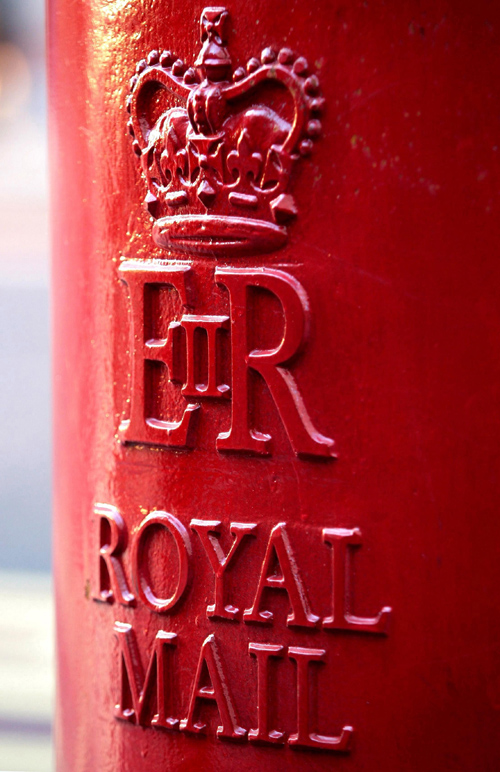Investing
FUND MANAGER VIEW: Is there value in Royal Mail?

George Godber, manager of the CF Miton UK Value Opportunities fund, analyses whether there is any value in Royal Mail following its stellar 2013 IPO.
The Royal Mail flotation was the highest profile stock market event of 2013. Like London 2012, many people applied, but only a few investors were lucky enough to get tickets for the opening ceremony.
The shares have been very strong since its IPO, rising by more than 80% and, as a result, many question whether there can be any value left in the company.
However, analysis of the operational trends, balance sheet strength and cashflow potential would suggest this is a business with fascinating prospects.
|
A business transformed Operationally, the management, working closely with the unions, has undertaken an amazing transformation of the business. The number of sorting offices has been reduced, and a huge modernisation programme has led to a significant increase in the efficiency for the postmen and women on the street, allowing them to cover greater areas in their rounds. These changes, along with a now more benign regulatory environment, have led the company back to profitability after years of losses. The benefits are only just starting to flow through. The analyst consensus forecast for profit for the year to March 2014 is £842m, rising to £921m the following year. Letters remain a tough area which is still seeing volume declines, but Royal Mail is the clear leader in the all-important parcel market. As consumers shop more online, there is only one company in the UK that delivers to all 26.5 million households in the UK. |
|
The balance sheet The key starting point for assessing the value of any business is the balance sheet. The starting net debt position is reasonable at £560m. In addition, and importantly, there are some very valuable surplus property assets which could be realised over time. Demand for housing and development in London has been very strong in recent years. The company identified in its prospectus three key assets, which could hold substantial value. These rare and prized assets are: a 14-acre site in Nine Elms, Battersea, eight acres at Mount Pleasant in central London, and one acre next to Paddington railway station. Excess profits from the sale of these sites will be used to repay debt and make returns to shareholders. By way of comparison, Dairy Crest has recently agreed to sell a 0.4-acre former milk depot in Nine Elms for £17.6m. Although not quite like-for-like in terms of the site, or its stage in the planning process, it is a helpful reminder of the hidden value of developable land in the capital. Strong cashflow The strong cashflow generation potential of the company is intriguing. The company gave guidance to a 15p per share dividend for the year to March 2014. Over the following years, the analyst consensus has this rising to 22.8p in March 2015 and 26.6p by March 2016. However, some analysts have the outer-year dividends at much higher levels, as high as 35p per share. Given the limited debt position, strong cash generation and no real merger and acquisition options, analysis suggests the higher numbers could be more likely. Royal Mail could end up being one of the most exciting dividend growth stories in the UK stock market over the next two years. |
|
The overhanging risks There are clearly risks: notably with Royal Mail there is the possible government overhang. The government still hold just under 30% of the shares, worth close to £1.8bn at today’s share price. This could be a useful boost to the nations vast debt pile ahead of an election. The business is also very operationally geared, with small changes in the revenue line causing big changes to earnings, so if the economy were to slow down, it is likely earnings forecasts would have to come down as well. It is clear from looking at the current shareholder list that few UK mainstream institutions and pension funds have invested in the company so far in any Given the financial strength, and all-important income growth opportunity, if the management can continue to deliver operationally, there could be a good steady source of demand for the shares. |
|
A rewarding outlook? On our return on capital-based analysis and the hidden value within the balance sheet from the land assets, the risk versus reward looks interesting. Many market commentators are underestimating the cash generation of the business, and therefore its ability to increase dividends. This is a fascinating and unique asset in the UK stock market with hopefully an exciting future. Although many in the investment community focus on either the extremely low IPO sale price or their frustration at not being able to participate in the initial share sale, it will be the company’s ability to deliver value for its shareholders, customers and staff alike, that will determine future investment returns. |